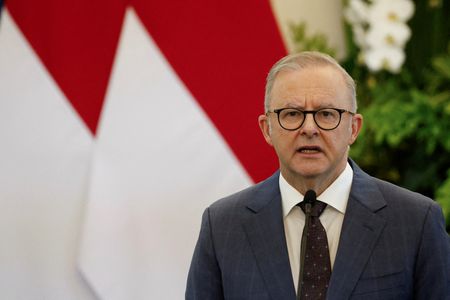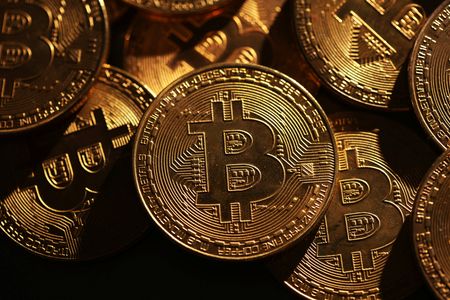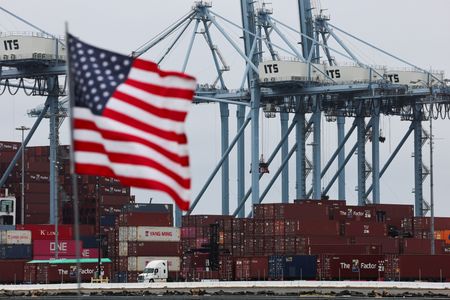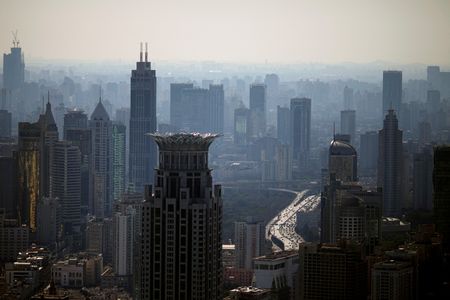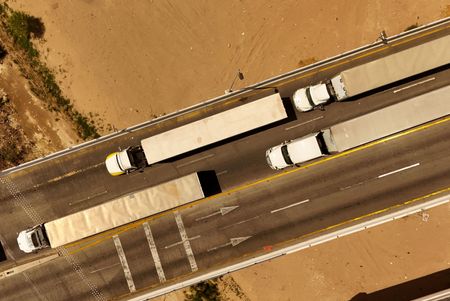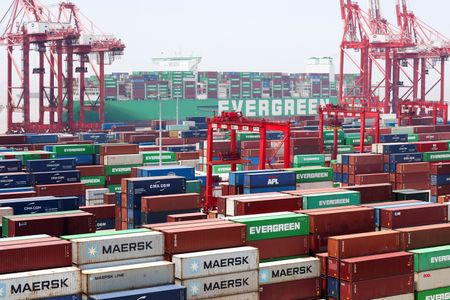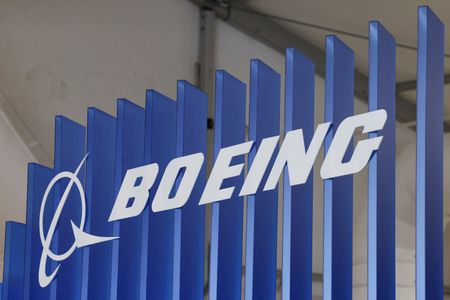By Lewis Jackson and Melanie Burton
SHANGHAI (Reuters) -Australia and China should cooperate more closely over green steel, Prime Minister Anthony Albanese said in Shanghai on Monday, even as he called on the world’s largest steelmaker to address excess capacity for the metal.
China relies on Australia for roughly two-thirds of the iron ore consumed by its vast steel industry, a trade that will earn Canberra A$105 billion ($68.90 billion) this financial year, according to the latest government estimates.
However, attempts to clean up an industry responsible for roughly a tenth of all emissions put that trade for Australia at risk as decarbonisation requires higher grades of iron ore, found in countries like Guinea and Brazil.
Green steel refers to metal produced using renewable energy such as hydrogen to limit or eliminate the use of coal, cutting carbon emissions.
Speaking before a meeting between Australian iron ore miners and Chinese steelmakers, Albanese framed green steel as a way to grow Australia and China’s decades-long trade relationship.
“Achieving the goal of the Paris Agreement would require the decarbonisation of steel value chains, presenting an opportunity for Australia and China to progress our long-term economic interests,” he said.
Albanese also offered to work with China to reduce overcapacity in its steel industry, which is fuelling record exports that are in turn triggering a wave of tariffs and duties from trade partners like Vietnam and South Korea.
Australia could lose as much as half its revenue from the sector if it fails to start producing green iron, a specialised lower emissions product, as other countries start making steel using renewable energy, a think tank said last year.
Successfully building a green iron industry could double those revenues, the report suggested.
Australian iron ore is too low-grade to be directly processed into green steel so it needs an additional processing step. When this step is undertaken with renewable energy such as hydrogen or biomass instead of coal, it is called green iron which becomes a low-carbon base for green steel production.
Top iron ore miners Rio Tinto, BHP Group, and Fortescue, who also attended the meeting, all have green iron projects underway, with Fortescue set to produce green iron from a pilot plant this year.
Fortescue founder Andrew Forrest, in China with Albanese, said the relationships forged between Chinese steelmakers and Australian miners strengthened the bonds between both countries and security issues were a “distraction.”
Forrest was responding to a question about whether a debate around security that emphasises China’s risk was detrimental to the two countries’ economic relationship, in the context of China framing itself as a more stable partner than the United States.
Australia and New Zealand both said they did not receive adequate warnings of live-fire drills by China’s navy in the Tasman Sea between Australia and New Zealand earlier this year.
“Australia has a multilayered relationship, as it must, with China, and to really build up the strength of a bilateral relationship you need those strong friendships, that very real business trust between each other,” Forrest said.
($1 = 1.5239 Australian dollars)
(Reporting by Alasdair Pal in Sydney and Melanie Burton in Melbourne; Writing by Lewis Jackson in Beijing; Editing by Kate Mayberry)

